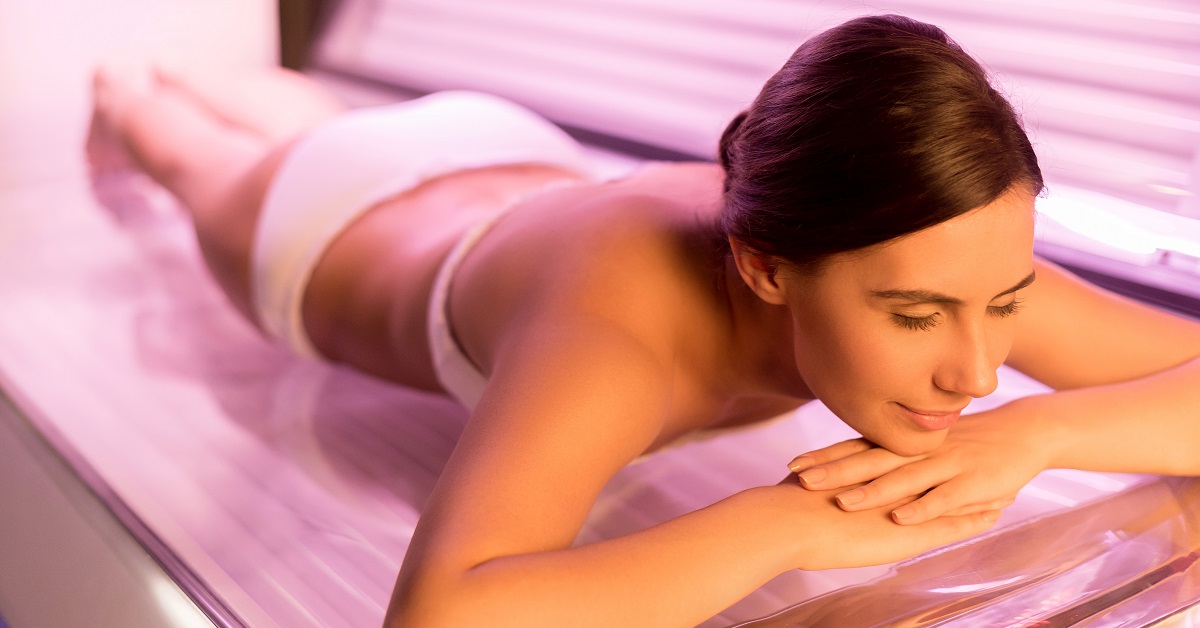Diamondis J. Papadopoulos, a highly-trained, board-certified doctor, has seen the effects of tanning bed use first-hand. He knows many young folks use tanning beds for cosmetic reasons. Once spring arrives and it’s time for a wardrobe change, some individuals hit the tanning booth to prep for spring break, formal dances, and wearing skimpier clothing. Dr. Papadopoulos’ message to “tanning” fanatics is, “Just don’t do it.”
Two Types of Dangerous Rays
Both the sun and tanning beds emit ultraviolet rays, also known as UV rays. When soaking up the sun outside, you are exposed to UVB rays. Tanning beds expose “tanners” to UVA rays. Both types of rays are dangerous and potentially cause cancer.
Statistics Don’t Lie
Acquiring a tan by artificial or natural means exposes the skin to damaging UV rays which kick start a healing process in the skin layers. Some healing enzymes repair the skin, but some mutate. The mutated cells can become cancerous. Common skin cancers are basal, carcinoma, and melanoma. Melanoma can be deadly. Statistics from the Skin Cancer Foundation show that repeated sunburns can double the chances of developing melanoma, and individuals who use tanning beds before the age of 35 increases the risk of melanoma by 75%.
Tanning Beds are Linked to Cancer
Tanning beds are worse than lying in the sun. UVA rays penetrate deeper into the layers of the skin, and there is definitely a higher risk of cancer associated with acquiring a tan via tanning bed. UVA rays are also linked to higher rates of leukemia and lymphoma. Tanning beds emit three times more UV rays than the sun. The intensity makes it much more dangerous.
Experts Agree
Dr. Papadopoulos is not the only expert who warns people about the dangers of exposure to UV ray. The U.S. Food and Drug Administration, the World Health Organization, and the American Academy of Dermatology are all on record about the negative effects of tanning and the cancer risks associated with UVA and UVB rays.
Other Risks
Besides the cancer risk, the eyes can be adversely affected from UV ray exposure. There are a number of conditions, including some chronic ones, related to tanning. Aging is another bad side effect of overexposure to the sun or use of tanning beds. As a dermatologist, Dr. Papadopoulos works with patients of all ages to avoid wrinkly or leathery skin. After the damage is done, it’s a difficult process to reverse the aging and discoloration caused by tanning. There are many reasons to protect your skin while you are young. Tan skin is not worth the effects that may show up in your 30s and beyond.
Sunless Tanning Is Possible
Instead of tanning, Dr. Papadopoulos and his colleagues at MetroDerm PC recommend tanning lotions. In recent years these products have become easy to use and produce natural-looking results. Sunless tanning creams, towels, or sprays can give you year-round color and help you avoid sun damage.


